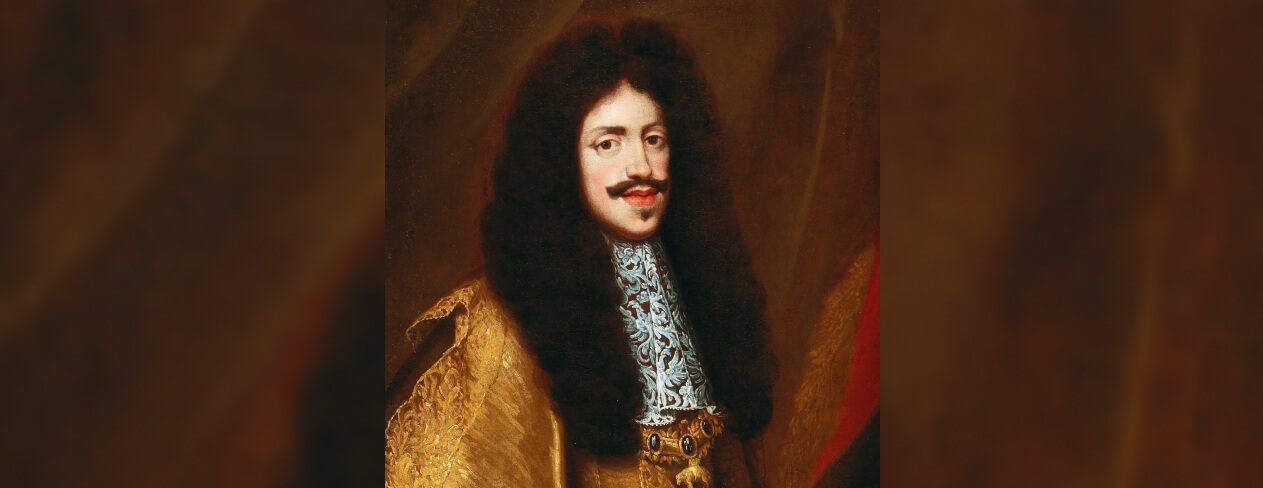
Emperor Leopold I was born on 9 June 1640. Brilliantly educated and highly musical, he became emperor at the age of sixteen after the death of his father, Ferdinand III. During his reign, Vienna gained a reputation as a centre of Baroque art and music. From his third marriage to Eleonore Magdalena of Neuburg, Leopold had two sons who ensured the continuation of the dynasty.
In the second half of the 17th century, the German states were weakened and fragmented in the aftermath of the devastating Thirty Years’ War. At the same time, the emperor had to face constant threats from both France—strengthening and centralising under Louis XIV—and the Ottoman Empire, which was covertly supported and financed by France. Taking advantage of the political situation, Louis XIV gradually seized territories in Alsace, Lorraine, and the Spanish Netherlands. Despite commanding powerful coalition armies and achieving notable victories in the field, Leopold’s political response remained weak and indecisive.
The old Habsburg-Bourbon rivalry reignited in 1700 with the death of Charles II, the last Habsburg king of Spain. Leopold declared his younger son Charles the new king, but the Spanish throne was also claimed by the Bourbons. The result was the outbreak of the War of the Spanish Succession. Leopold died in 1705. By then, the ever-hesitant emperor had been virtually sidelined from state affairs by his elder son and successor, Joseph.
Access to the Metatext via placing an order for an augmented product. See Terms of Use